No products in the cart.
Angyo Star Fatshedera – 3 Gallon Pot
$59.97 Original price was: $59.97.$41.98Current price is: $41.98.
SKU: D2LSC 8451949712 Categories: GROUNDCOVER PLANTS, PLANTS & TREES
- The quality you expect, the service you deserve.
- Where quality meets convenience.
- Shop with Zero Worries
- Service with a smile, always online.

Angyo Star Fatshedera
x fatshedera lizei ‘Angyo Star’
Plant Details
USDA Plant Hardiness Zones: 7a-9b Find Your Zone
Shrub Type: Evergreen Groundcover / Shrub
Height at Maturity: 18 inches as groundcover to 5 or 6 feet with support as a climber
Width at Maturity: 5′ +
Spacing: 3-5′ for mass plantings; 10′ + for space between plants
Growth Habit / Form: Trailing, Climbing (with support)
Flower Color: NA
Flower Size: NA
Flowering Period: NA
Flower Type: NA
Fragrant Flowers: No
Foliage Color: Green and White
Fragrant Foliage: No
Berries: No
Berry Color: NA
Sun Needs: Morning Sun with Afternoon Shade or Filtered Sun, All Day Filtered Sun, Full Shade
Water Needs: Average, Lower when established
Soil Type: Clay (amended), Loam, Sand (amended), Silt
Soil Moisture / Drainage: Well Drained
Soil pH: 5.5 – 7.0 (Acid to Neutral)
Maintenance / Care: Low if any
Attracts: Visual Attention, Birds
Resistances: Deer – more info, Drought (when established), Heat, Cold, Humidity, Insect, Disease
Description
This superb form of the man-made bigeneric hybrid between Japanese Aralia (Fatsia) and English Ivy (Hedera) was selected in Japan and brought to the US by plantsman Ted Stephens, who named it after the town which contains many famous Japanese nurseries. The thick, sweet gum-shaped leaves of dark green are surrounded by a wide creamy white border and held along the semi-upright free-form (nursery lingo for not straight) growing stems. This is a fairly slow growing, but exquisitely beautiful selection. We have it tucked in a patially shady corner in our gardens where it has climbed up a short trellis to maybe three feet and sprawled across the ground to form a patch maybe 12 to 18 inches high Provides outstanding color and texture in shady to partially shaded sites.
Landscape & Garden Uses
Angyo Star Fatshedera is ideal for use as an accent, in groupings or mass plantings, or to climb and cover low fences and walls in shady to partially shaded home foundation plantings, landscape borders and garden beds. In home foundation plantings, it does best on the east side of the home, which receives the morning sun but shade in the afternoon. Very nice around garden ponds and in tropical-look gardens. Fatshedera also makes a great container plant for use outdoors or as a year round houseplant. For those who live and garden north of USDA Zone 7a, containers can be overwintered indoors.
Recommended Spacing: 3-5′ for mass plantings or to cover fence or low walls; 10’+ for space between plants
Note: For our customers who live and garden north of USDA Plant Hardiness Zone 7a, where this Fatshedera is not reliably winter hardy, you’ll be happy to know it can be grown in containers that can be brought indoors during winter and placed back outside when temperatures warm up in spring.
Growing Preferences
Angyo Star Fatshedera prefers a well-drained but moist soil and part shade to full shade. Ours is doing well in a location where it receives filtered sun to dappled shade for most of the day. Avoid direct afternoon sun. Morning and late evening sun is okay. Constantly soggy soil or standing water is problematic, so plant in a well-drained site. Can be grown in the ground or in containers which can be moved indoors during the winter months where the plant is not cold hardy. Hardy outdoors in USDA Zones 7a-9b.
Note: Find helpful advice from our experts under the Planting & Care tab above on desktop screens and below on mobile phones.
Plant Long & Prosper!
Meet The Wilson Brothers & Staff
Questions? Contact Us
The two Angyo Star Fatshedera I bought arrived in amazing shipping materials, a system that’s finely tuned due to the Wilson Brothers policy. They came quickly, as expected, and it’s good to know that they’re backed by an excellent guarantee. I’m very happy with these plants and wouldn’t hesitate to order again from this company.—————————————We are so glad you are pleased and we hope you enjoy them for years to come! Thanks for the great review! Thanks for the kind words! 🙂 Beth Steele | WBG
This Angyo Star plant looks exactly like the picture. I got it to fill a shady corner under an elm tree next to my back patio. It looks great…a real standout and has put on lots of new leaves since I planted it in summer. I had a party not too long ago and nobody knew what it was. Some said they thought it looked like giant ivy and it does, but told them it was a cross between ivy and fatsia. Anyway, I gave several people your website address so you should be selling at least a few more of these. Kudos to whoever does the packaging – no damages at all. ——————– WBG Reply: Hi Phil – Thanks so much for your review of the Angyo Star Fatshedera. We agree, this is one of those plants you can’t miss seeing in a landscape and everybody stops to look at it wondering what it is. When I tell them, some folks can’t believe it’s a bigeneric hybrid of two totally different genus of plants….but it is…and it does great in our gardens here in north-central Georgia. Hope you enjoy yours for years to come. Let us know if there’s ever anything else we can help you with. We’re at your service! – Brent | Wilson Bros Gardens
Be the first to review “Angyo Star Fatshedera – 3 Gallon Pot” Cancel reply
Related products
Sale!
FRUIT TREES & PLANTS
Sale!
Sale!
GROUNDCOVER PLANTS
Sale!
JAPANESE MAPLE TREES
Sale!
Sale!
PLANTS & TREES
Sale!
Sale!

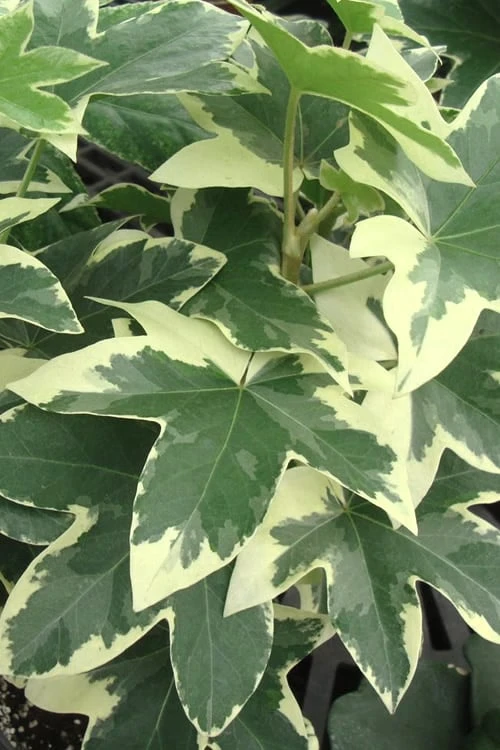


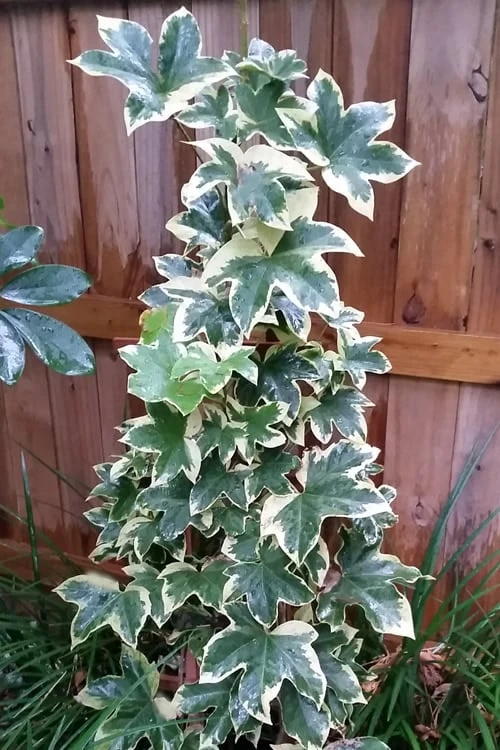
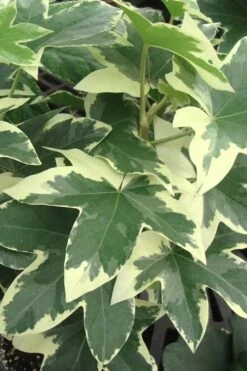




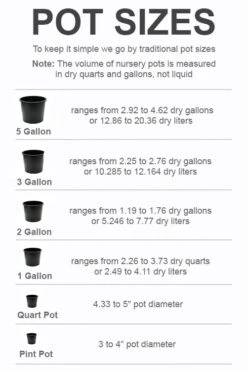



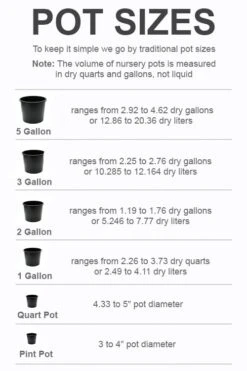
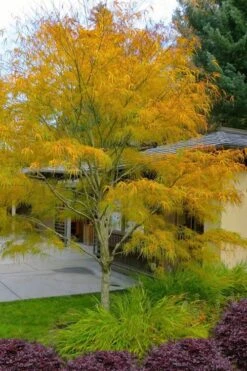
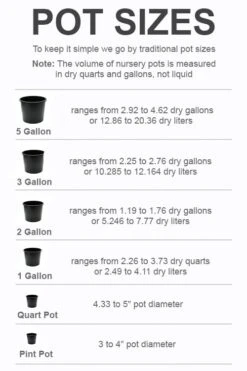

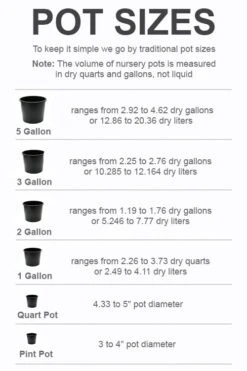
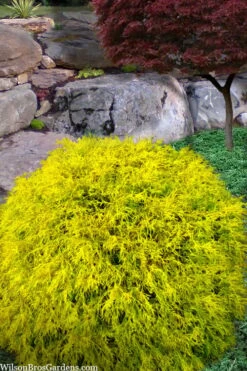
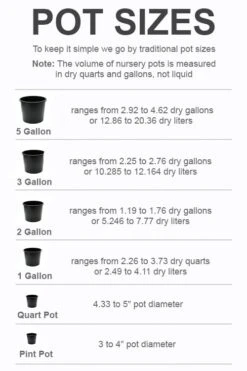
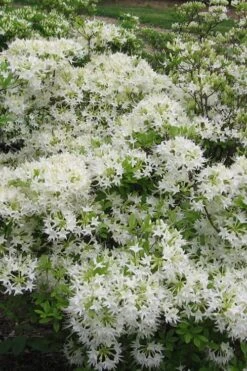
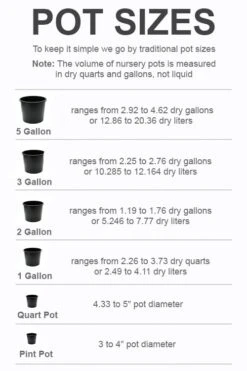
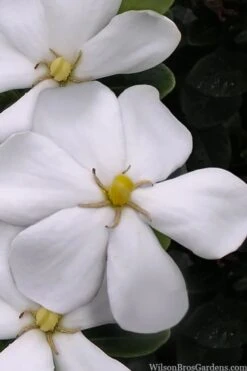

Reviews
There are no reviews yet.